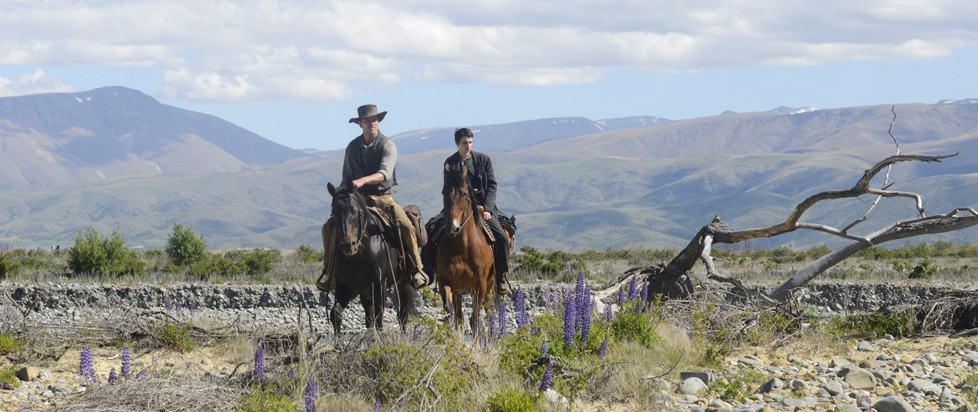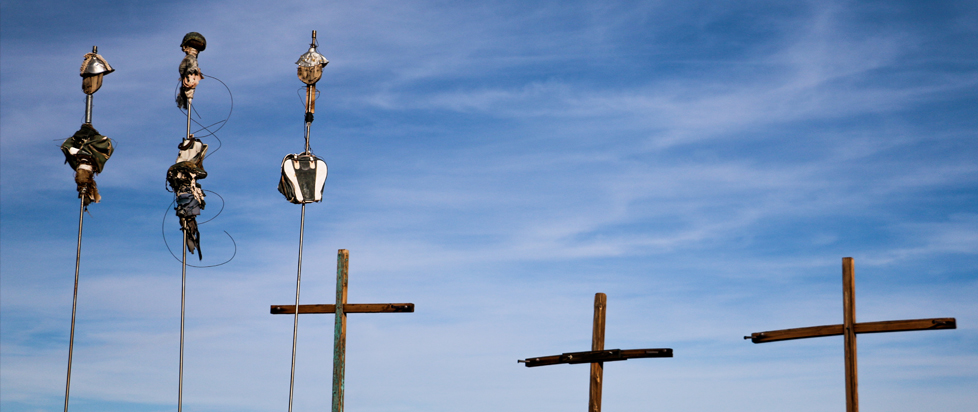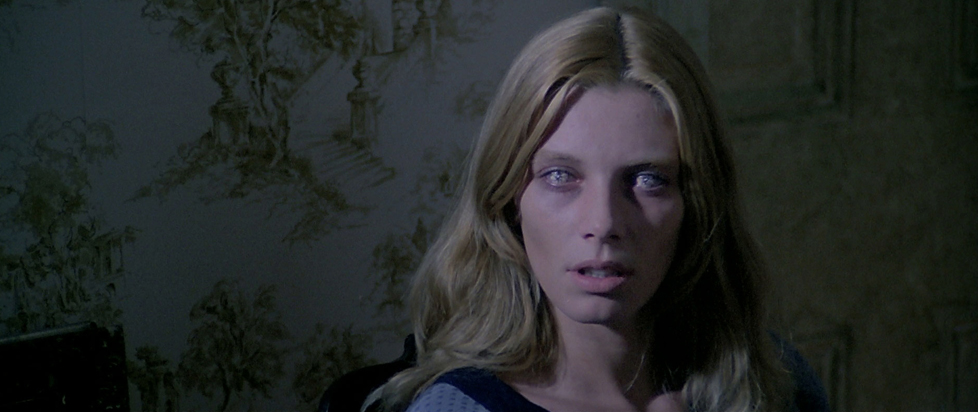
Through a Lens, Digitally
Director and writer J. C. Chandor is a sly storyteller. His first film, 2011’s Margin Call, was not really about an investment bank’s close decision, but its inevitable plunge toward a grossly unethical one. Taken in context, Chandor’s use of gradually fading blue color composition is as important as its running dialogue about greenbacks.
There is a timeline at work here. Margin Call’s visual narrative deftly transitions from a darkly saturated blue during late night exec floor meetings to more pale turquoise the following morning on the day trading floor. Consistent with the film’s structured color scheme, its middle act has a magisterial feel, brimming with intelligent discussions on analytics and grandiose speeches on marketplace strategy.
But when the morning illuminates the dark blue of the previous night’s proceedings, so does the day floor’s ferociously unethical swindling reveal the prior night’s lofty ruminations as mere pretext to ruthless governing behavior.
Margin Call’s submergence in digital color saturation is also apropos to a 21st century setting drowned in excess digital apps and wealth. The fictitious firm’s offices are littered with computer displays of neon green and red graphs; every colleague is tethered to a smartphone.
It’s this digital era of course that’s so greatly responsible for Wall Street’s gargantuan economies of scale, so naturally it becomes essential that the firm’s billion dollar circulation of explosive assets, multi-million dollar salaries and high six-figure non-disclosure agreements all be drenched in digital light, just as the dirty dealings of the 2008 financial crash slowly became illuminated.
But that isn’t to say that digital photography can’t be an effective medium in olden historical settings, as well. First-time director John McClean’s digitally filmed 2015 gem Slow West takes place in the late 19th century American frontier, for example.
Filmed using the Canon iDC, Slow West’s cinematography at first blush feels counterintuitive for its genre. Cloud structures have a generic, digital pop, with day colors so crisp and vivid they border on overexposure. This is not the stuff of the more traditional Westerns (including recent ones, as this interview on Tommy Lee Jones’ 2014 The Homesman shows).
Yet it turns out that Slow West’s digital cinematography is well-tailored for its ambitious revisionist aspirations. The film embeds Jay Cavendish – a young Scottish expat on an illusory fairy tale quest to locate his unrequited love, fugitive Rose Ross – into the Darwinian wilds of the late 1800s America.
As such, Slow West relentlessly argues that circumstance controls personal narrative; the film’s bright, vivid colors serve a dual purpose of capturing Jay’s romantic fantasy of an American idyll and paradoxically of highlighting the frontier’s imminent realities which threaten to indiscriminately destroy anyone who fails to adapt.
You’ve been reading an excerpt from Unwinnable Monthly Issue 54.
To read the article in its entirety, please purchase the issue from the shop or sign up for a subscription to Unwinnable Monthly!





